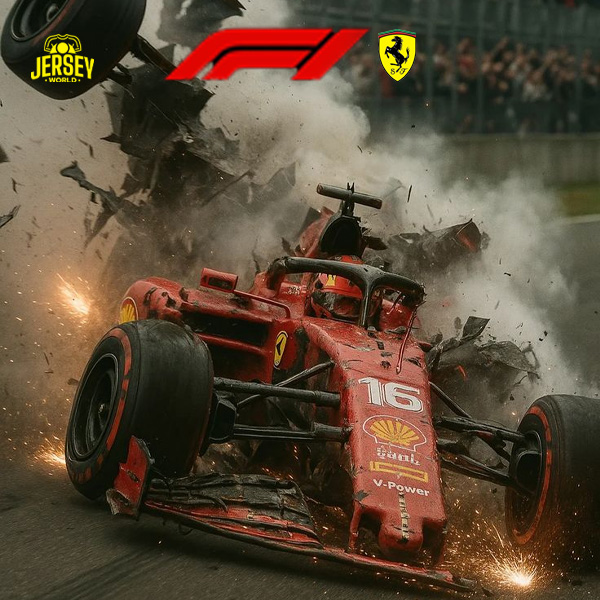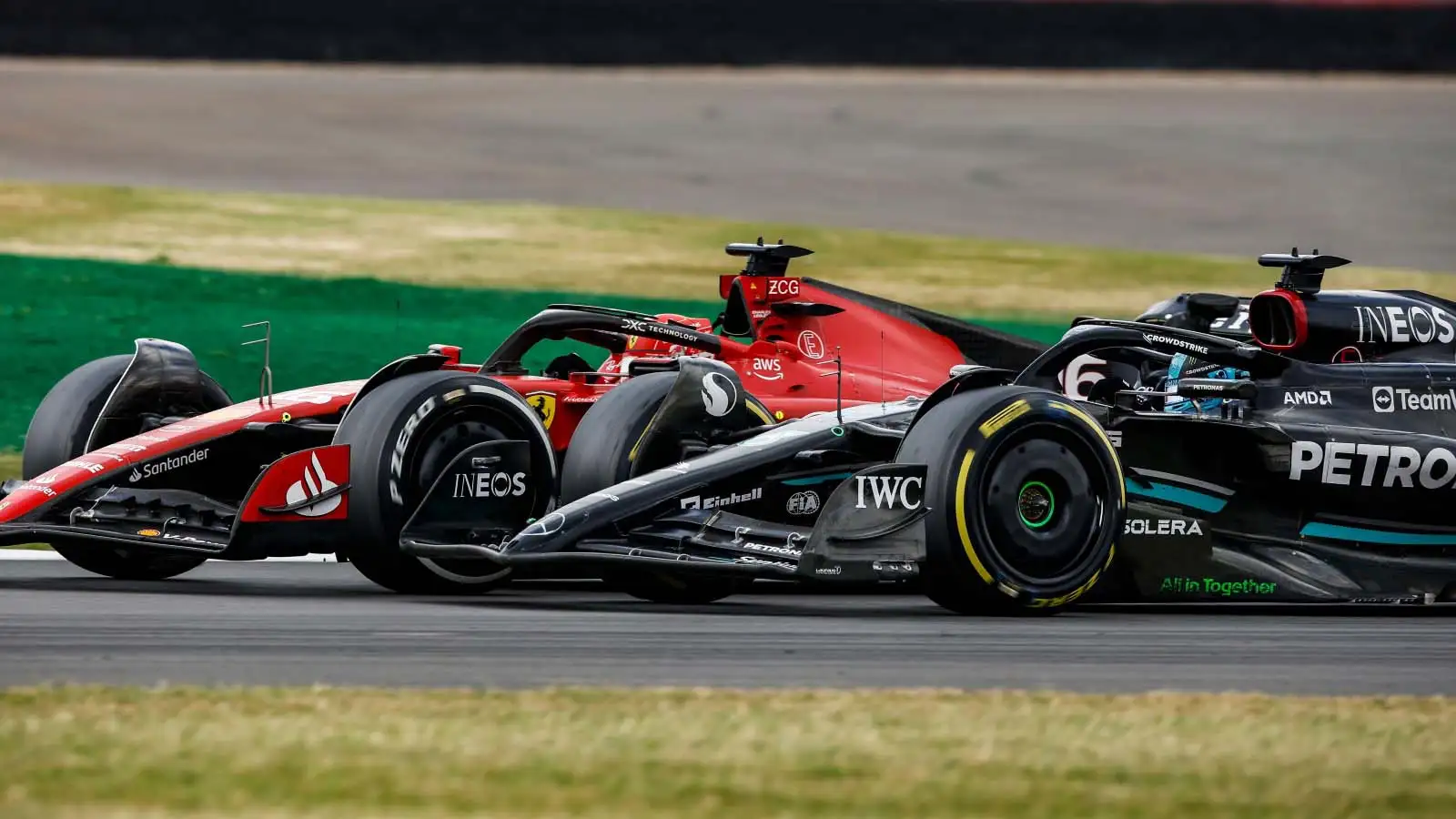
Ferrari’s Canadian Conundrum: More Than Just the Car
The Canadian Grand Prix is often a catalyst for drama, and the 2025 edition certainly delivered – especially for Scuderia Ferrari. While Charles Leclerc and Lewis Hamilton ultimately inherited P5 and P6 thanks to Lando Norris’ late retirement, the weekend was a sobering reality check for the Prancing Horse. It wasn’t merely a case of lacking raw pace compared to Mercedes, Red Bull, or McLaren; instead, Team Principal Fred Vasseur points to a collective failure in execution, a series of “too many mistakes” that ultimately cost them dearly.
A Cascade of Errors: The Unravelling of Ferrari’s Weekend
From the moment the cars hit the track in Montreal, Ferrari seemed to be on the back foot. The weekend’s woes began early on Friday:
- Leclerc’s Costly FP1 Crash: Charles Leclerc’s significant crash in Free Practice 1 was a disastrous start, forcing him to miss the entirety of FP2. This lost track time, crucial for understanding the circuit and fine-tuning the car, put him on the back foot for qualifying and the race. Leclerc himself later admitted it was a “very stupid crash” and that he “felt sorry for the whole team.”
- Questionable Tyre Strategy in Qualifying: Doubts emerged during qualifying when Ferrari opted for the C6 soft tyre, while rivals like Mercedes and Red Bull effectively utilized the medium compound. This strategic divergence left many scratching their heads, and the questions only intensified during the race.
- Leclerc’s Race Day Tyre Query: During the Grand Prix, Leclerc himself voiced his concerns over the team’s decision to commit to a two-stop strategy, suggesting he believed a one-stop could have been viable. While the team ultimately makes the call with more information, this radio exchange highlighted a disconnect in strategic thinking.
- The Unforeseen “Marmot” Incident: As if internal errors weren’t enough, Lewis Hamilton’s race was further hampered by hitting an animal on track, causing significant floor damage. This unexpected incident led to a reported loss of at least 20 points of downforce, a considerable handicap in the tightly contested field.
Vasseur didn’t mince words, citing these collective missteps – “the crash in FP1, with the mistake in Quali, with the marmot in the race” – as the root cause of their underwhelming performance.
The Mercedes Lesson: Execution is King
What makes Ferrari’s Canadian performance particularly stinging is the contrasting success of Mercedes. Just three weekends prior, Mercedes was “nowhere,” yet in Canada, they managed to put both cars on the podium. Vasseur highlighted this as a crucial lesson for Ferrari.
“I’m not sure that they changed completely the car,” Vasseur observed. “It’s more that from the beginning of the weekend, from Lap 1 on Friday morning, they were there, they did a good job in the preparation and so on. And honestly this weekend, for different reasons, the focus was not always there [for us].”
This powerful statement underscores a fundamental shift in modern Formula 1. With the margins between teams incredibly tight in 2025, perfect execution of the entire race weekend now holds greater sway than significant car upgrades.
Tyres: The Unsung Hero (or Villain)
Vasseur emphasized that the car’s inherent characteristics are not the primary issue. Instead, the mastery of tyre usage is paramount. “The main issue is to do a good usage of the tyres first, and to understand the tyres and to choose the good ones for the Quality, and the exercise is quite difficult.”
He commended Max Verstappen and Mercedes for their superior tyre management and strategic choices in Canada, noting that their commitment to their tyre choices began almost from Friday morning. This pre-weekend planning and consistent understanding of tyre behavior across different compounds is what ultimately separates the front-runners from the rest.
“It doesn’t matter the car,” Vasseur stated bluntly, “if the team is doing a very good job on the tyres, they will be in front. It’s true this weekend, it was true in Monaco, it was true in Imola, and it is like it is, and it will be like this until the end of the season. But it’s the same for everybody, we have to do a better job.”
Looking Ahead: Small Upgrades, Big Focus on Flawless Execution
Ferrari currently sits third in the Teams’ Championship with 183 points, 16 points behind Mercedes who are in second with 199 points, and a significant gap to McLaren leading with 374 points. While Vasseur hinted at some small upgrades for the upcoming Austrian Grand Prix, he was resolute in stressing that these incremental improvements are secondary to a fundamental overhaul of their weekend operation.
“If we want to achieve, if we want to start from the first rows and to have a clean weekend as [in] Monaco, we need to do a very smooth weekend in terms of execution, and it’s where we failed massively in Canada,” he concluded.
The Canadian Grand Prix serves as a stark reminder that in the high-stakes world of Formula 1, every detail matters. Ferrari’s path back to consistent podium finishes and championship contention lies not just in aerodynamic tweaks or engine power, but in a meticulous, error-free approach from the very first lap of practice to the final chequered flag. The tifosi will be hoping for a far “smoother weekend” in Austria.
Facebook Click Here
Instagram Click Here



